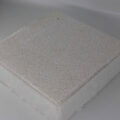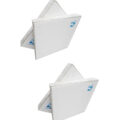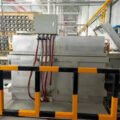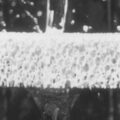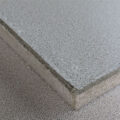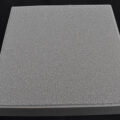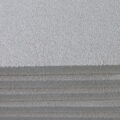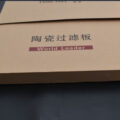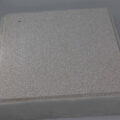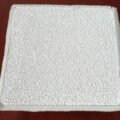Molten metal filtration with ceramic filter can be performed at any stage after the aluminum raw material is melted and refined in the furnace and before the molten Al is supplied to the mold for casting.
Molten metal filtration with ceramic foam filter improves inclusion removal and filter life. In other words, the filter can effectively reduce the amount of inclusions from molten Al to a satisfactorily low level. Furthermore, such a high-performance internal filter can be constructed in a more compact form. Therefore, the ceramic foam filter has high industrial value because it can remove inclusions, especially fine inclusions, from molten Al, which is essential in aluminum recycling systems from aluminum scrap.
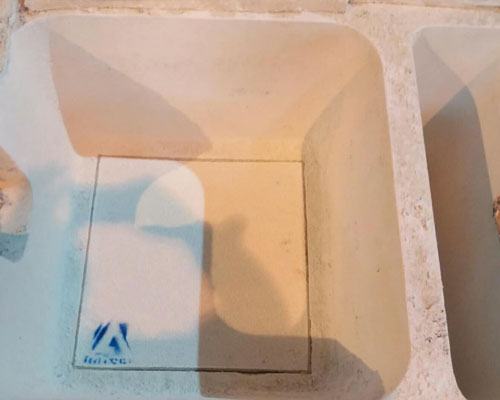
Usually, after the aluminum raw material is smelted and refined in the smelting furnace, the obtained aluminum alloy melt is transported to the holding furnace through the aluminum liquid conduit, and then transported from the holding furnace to the casting mold through another aluminum liquid.
During these processes, inclusions are likely to be generated in the molten aluminum alloy, not only while the molten aluminum alloy is held in the furnace, but also as it is transferred. For example, inclusions may arise from the oxidation of Mg, caused by the head of the molten Al stream (at the junction between each device and the conduit) or by agitation of the molten Al (during degassing). Therefore, it is preferable to perform filtration at a stage as close as possible to the casting process. For this purpose, the filter is preferably arranged in the molten Al conduit immediately upstream of the mold (between the holding furnace and the mold).
Molten Al is processed through a CFF filter box provided with a ceramic foam filter. The filter acts as a dam to block the flow of molten aluminum through the molten aluminum conduit, and it is also possible to arrange a group of filters as a multi-stage filter.
The molten Al to be filtered has 300 to 400 ppm of oxide inclusions, which is the average level of inclusion levels in current aluminium smelting, refining and casting processes. Therefore, when the desired removal rate of inclusions is higher, the effective surface area of the filter can be further increased, or the molten Al flow path is more complex to further increase the contact time between the molten Al and the filter.

